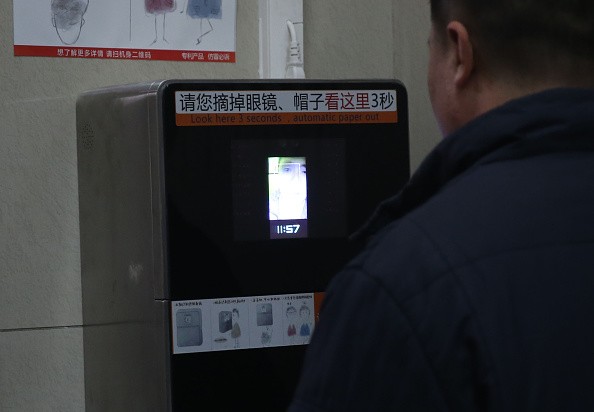To limit the toilet paper use of tourists, China has resorted to the utilization of facial recognition technology.
The atypical move is part of China’s “toilet revolution.” To boost the country’s tourism, officials have decided to make substantial upgrades to public facilities, including toilets.
Chinese toilets have an extremely bad image to tourists. The government wants to eliminate the toilets’ figure of being primitive and disgusting.
China has given much attention to its toilet problems. Toilets at tourist destinations became the focus of the campaign, in response to the growth of the local tourist industry and the public demand for facility improvement.
"Today in China, people are highly enthusiastic about tourism, and we have entered a new era of public tourism. The expectation of the public for the toilet is becoming higher," said Zhan Dongmei, a researcher with the China Tourism Academy.
Administrators at the Temple of Heaven in Beijing have identified the need to store paper in public toilets. The paper supply is a prerequisite to a top rating from the National Tourism Authority.
However, the officers at the 600-year-old temple must stop tourists from stealing the toilet paper. They resorted to the use of facial recognition technology. The technology dispenses a single 2-feet long paper every nine minutes following a face scan.
"People take away the paper mostly because they are worried they can't find any when they want to use it the next time. But if we can provide it in every toilet, most people will not do it anymore," Zhan said.
The revolution which began two years ago aims to build 34,000 new public toilets in Beijing and renovate 23,000 toilets by the end of 2017.
Officials are also pushing the installation of Western-style sit-down commodes over the usual squat toilets. According to the National Tourism Administration, around 25 billion yuan (£2.9 billion) has already been used up for the campaign.
The ultimate goal of the campaign is "to have a sufficient amount of toilets which are clean and odorless and free to use," said Zhan.
At Beijing’s largest amusement park Happy Valley, around 4 million tourists annually depend on 18 toilets. One or two cleaners are assigned to make rounds to each toilet every 10 minutes on peak days.
"People come here to have fun, but if the toilets are disgusting, how can they have a good time here?" the park vice general manager Li Xiangyang said.
"It is the least we should do to offer a clean and tidy environment for tourists to enjoy both the tour of the park and the experience of using our toilets," Li added.
In November, Shanghai’s financial hub went a step further by launching its first gender-neutral public toilet to increase convenience and efficiency.
According to Zhan, the toilet revolution is estimated at 90 percent completion.
However, he warned that "we can't accept the situation that a lot of investments have been made to build toilets and they turn out to be unsanitary and poorly managed."
Chinese tourism authorities are positive that the facial recognition technology will limit tourists’ toilet paper use.



























